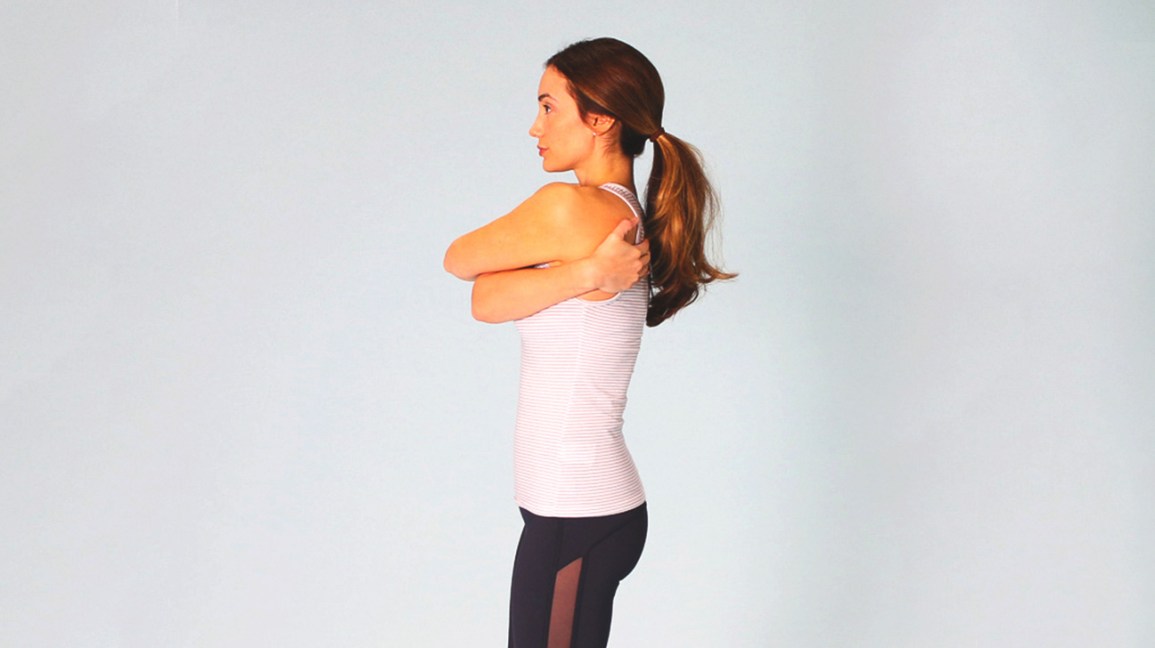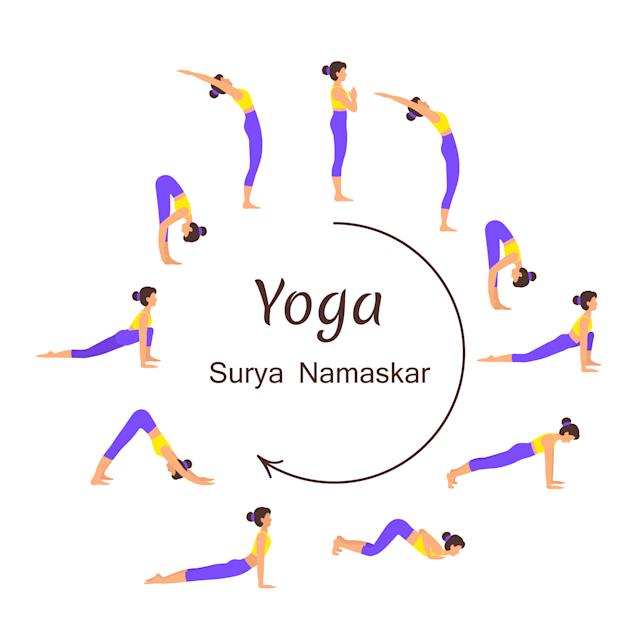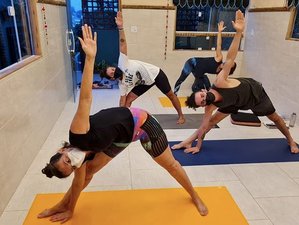
It is a good idea to practice yoga before, or after, you begin a running session. Deep breathing stimulates the vagus nerve. This system acts against the sympathetic nerve system, which is activated when exercising and produces stress responses. Repeated deep breathing increases blood flow to the muscles, allowing for a lower heartbeat and better health.
Stretching during cardio
It is common to hear that stretching is beneficial during cardio workouts. However, it can sometimes be difficult for people to verify this exercise. Stretching during cardio workouts improves the flow of blood throughout the body, allowing nutrients and oxygen to reach the muscles. It also reduces lactic acid buildup, which can cause post-workout soreness. Although stretching is an essential part in any workout regimen, some people find this activity to be more effective when combined other forms of exercise.
When you perform dynamic stretching exercises, you move your muscle through a full range of motion, thereby strengthening it. Dynamic stretches mimic movements seen during cardio workouts. Stand with your legs straight and your feet shoulder-width apart. Then, lift your right leg toward your chest. You can improve balance and strengthen your gluteus muscles by switching legs.

Dynamic stretching improves blood flow to muscles
Stretching before and after exercise is a great way for soreness to be avoided. It also increases circulation which aids in recovery from exercise. Stretching also prevents the muscles from tightening during the exercise and keeps them loose and flexible. Stretches will also prevent injury as they increase range of motion and reduce muscle tightening. A good stretching program should be performed before and during exercise to prevent injuries and over-stretching.
The most commonly used yoga pose is the down dog. This allows for stretching many muscle groups. You can do it on a mat, or against a wall. First, stand with your feet shoulder width apart. Next, bend your knees as if you were sitting in a chair. Then, lift your arms above your head. This stretch will increase blood flow to your hips, gluteus and hamstring muscles.
Downward dog is good for stretching hips, hamstrings or calves
Before or after running, a good position to stretch your calves, hips, and hamstrings is downward dog. This position activates the core muscles by using the glutes, back, and stomach muscles. Start in downward dog and raise the right leg off the ground. Your hips should be straight and your right leg should be flexed. Hold for three breaths and repeat on the other side.
The backside of the body is stretched by the downward dog, particularly the calves and hamstrings. It activates the core, lengthens and lengthens your spine. It is a great way to improve flexibility and prevent injury for runners. It can be done on all fours, or with a wider angle. You should always look forward when performing this yoga posture. This position is good for balancing stability and flexibility.

Yoga improves flexibility and strength of soft tissues
Yoga is one way to increase strength and flexibility in soft tissues. It is possible to incorporate this exercise into your everyday life and reap many benefits. It will allow you to be more mobile and enable you to play a variety of sports. It will also make you feel great while you move. You may even decide to play frisbee instead of running/jogging in the park.
Runners have tight hips, calves and hips. Regular yoga practice can help improve alignment, which in turn reduces injury risk. Regular yoga practice will strengthen runners' cores, and help them to be more flexible in their hips. It will improve your running form. Running can be made easier by yoga. Here's how yoga prepares you for your next running race.
FAQ
How long does it take for you to master yoga?
Yoga is a lifelong process that requires dedication, patience, and perseverance. Truth is, everyone learns things at their own pace.
It doesn't matter how old or young you are. You can master any routine of yoga if there is enough dedication and hard work.
What is the best way to start yoga?
For lying down, you'll need a mattress (some of them foldable), some loose clothes, and a towel or blanket.
Also, you may need props like straps to hold your blocks, straps to support your bolsters, blankets or towels in order for some poses.
In general, however, you shouldn't need anything else. You must have a desire for positive change in your life and be willing to dedicate yourself to yoga.
Where can I find an experienced yoga teacher?
Local yoga teachers are available. You can also search online for a qualified yoga teacher if you don't live in a nearby area. Online registration is also an option.
Statistics
- A 2020 review of 27 studies (1,805 total participants) of yoga interventions in children or adolescents found reductions in anxiety or depression in 70 percent of the studies, with more promising results for anxiety. (nccih.nih.gov)
- In comparison, a 125-pound person is estimated to burn 135 calories in 30 minutes of walking (at a pace of 15-minute miles) and 210 calories bicycling at a moderate pace on a stationary bike. (everydayhealth.com)
- The people in the yoga group were 37 percent more likely to have quit smoking by the end of the 8-week program. (nccih.nih.gov)
- Start your Fall off right with 20% off All Access Membership when you sign up by 9/25! (corepoweryoga.com)
- According to the Agency for Healthcare Research and Quality, falls are incredibly common among older adults in nursing facilities. Even the simplest ones can increase the risk of death (24). (healthline.com)
External Links
How To
Can I do yoga during pregnancy?
Your ability to safely perform certain poses can be affected by pregnancy. Before starting any new workout routine, you should consult your doctor.
You can still perform many poses during pregnancy. These are some tips to help you get started:
-
Women who are pregnant shouldn't lift more than shoulder height. Instead, use lightweight resistance bands or dumbbells.
-
Avoid deep twists. This could put pressure on the belly.
-
Try to avoid backbends until you give birth. These can cause excessive strain on your lower back.
-
Until you deliver your baby, don't lie on your stomach or sit cross-legged.
-
Your doctor will have to approve you before you attempt inverted poses, such as handstands and headstands.
-
Keep your practice time to no more than 30 minutes per day
You can do yoga during pregnancy as long as you're able to. Your doctor can help determine when you are ready and when to stop practicing yoga.